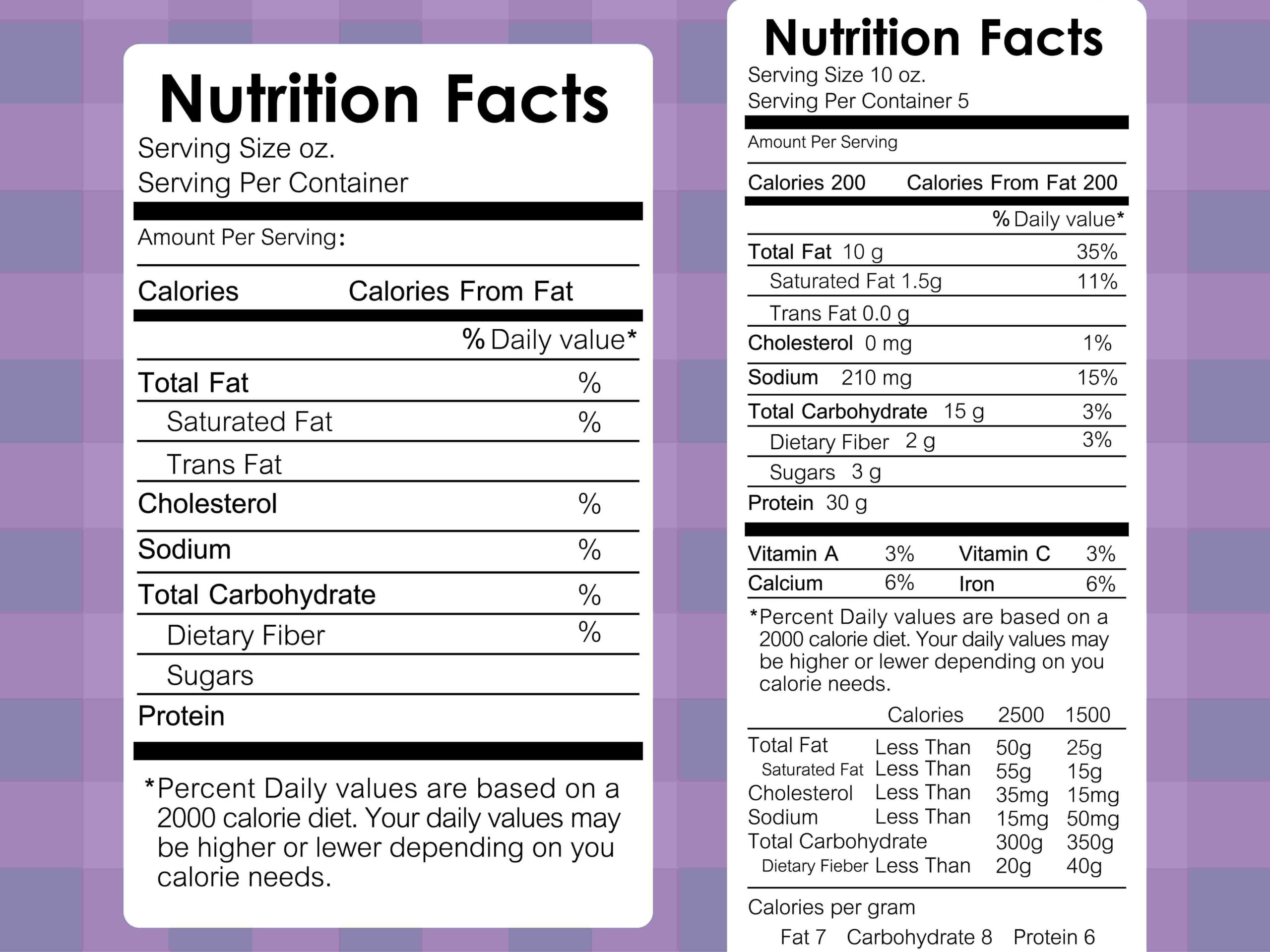How to Read Food Nutrition Labels and Make Healthier Choices
A few years ago, I never paid attention to food nutrition labels. If a packet said “healthy,” “natural,” or “low fat,” I believed it. I ate cookies, energy bars, and drinks thinking they were good for me — until one day, I watched a video by Dr. Marion Nestle.
She exposed how a popular health drink actually contained more sugar than a soft drink. That shocked me. I picked up the food packets at home and started reading food nutrition labels. I felt cheated.
That was the turning point. I decided I needed to know what I was really eating.
Today, I always check food nutrition labels before buying anything. In this post, I’ll share what I’ve learned so you can make better food choices for yourself and your family too.
🧾 What Is a Food Nutrition Labels and Why Is It Important?
A food label is the small box (usually at the back or side of a food package) that tells you:
- How much you should eat (serving size)
- How many calories it contains
- What nutrients it provides (sugar, fat, protein, salt, etc.)
- What ingredients are used to make it
Learning how to read food labels helps you decide whether something is actually healthy — or just pretending to be.
🧠 Let’s Understand the Parts of a Food Label

1. Serving Size
This tells you how much of the product the nutritional info refers to.
📌 Example: 1 serving = 2 biscuits.
If you eat 4 biscuits, you’re consuming double the calories and nutrients listed.
2. Calories
Calories give us energy. But if we consume more than we burn, it leads to weight gain.
👉 Tip: An average adult needs around 2000–2500 calories per day. Choose foods that give you energy with nutrients, not just sugar or fat.
3. Key Nutrients to Check
- Sugar—Too much can lead to weight gain, diabetes, and tooth decay.
- Fat—Healthy fats (like from nuts) are fine, but trans fats and hydrogenated oils are harmful.
- Salt (Sodium)—Excess salt can cause high blood pressure.
- Fiber—Good for digestion and keeps you full longer.
- Protein—Builds muscles and provides strength.
👉 My Rule: I go for less sugar and salt, and more fiber and protein.
🧾 Ingredients List: What’s Really Inside?
The ingredients list shows what the food is made of — in descending order. That means the first 3 items are the main ingredients.
👉 Golden Rule:
If the first 3 ingredients are sugar, refined flour (Maida), or oil, it’s not healthy — even if the packet says “Natural” or “Made with Oats.”
🚫 Watch Out For:
- High Fructose Corn Syrup—a type of sugar
- Hydrogenated Oil / Trans- Fat—Bad Fat
- Artificial Colors and Flavors—Chemicals
- MSG (monosodium glutamate)—can trigger headaches or other side effects
✋ Real Example:
I once bought peanut butter labeled “High Protein.” But the first 3 ingredients were
- Sugar
- Palm Oil
- Peanut
It had more sugar than peanuts! I stopped buying it.
Now, I only buy one that has:
- Peanuts
- A little salt—simple and natural.
👉 What These Food Nutrition Labels Really Mean:
- Low fat—could still be loaded with sugar.
- No sugar added—may contain artificial sweeteners.
- Multigrain– Doesn’t mean whole grain. Often mixed with refined flour.
- Natural—This word has no strict definition and can be misleading.
My Practice: I don’t trust the front. I turn the packet around and read the actual label.
Different ways through which I Make Better Food Choices Today
- Check the serving size—that is how I know what I will eat in terms of portion.
- Check sugar—less than 5g per 100g is good.
- Avoid trans fat—if the label says that it is “partially hydrogenated oil,” I don’t buy it.
- Go for more fiber and protein– Makes me feel full and also enhances my energy levels.
- Choose short ingredient lists—fewer ingredients = more natural.
You Have the Power
In order to eat healthily; one does not need to study as a doctor. Learn how to read the label only.
Once you do that:
- You simply end up on having junk
- You make smarter choices.
- You feel better, stronger, and you are more in control.
My energy, weight and skin have changed a lot—all it has taken is reading food labels before purchase.
Next time when you go shopping, turn the packet around. Read the label. Take a photograph of the product and compare it with another brand.
Now it’s your turn!
Have you ever checked a food label and felt surprised or even misled? 💭 Share your experience in the comments below —I’d love to hear your story!
Also Read | Wellness Beyond Diets: A Real-Life Health Journey